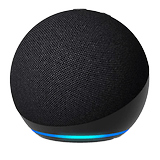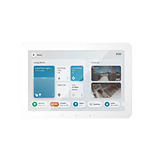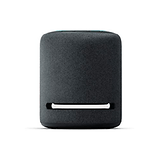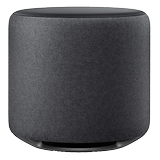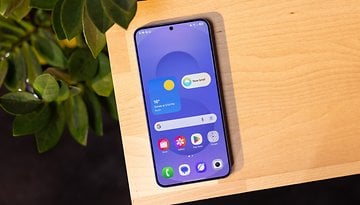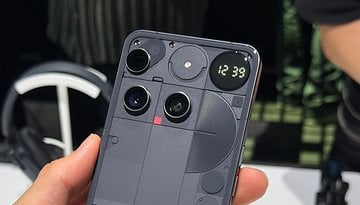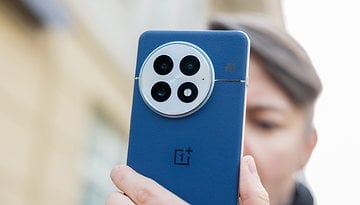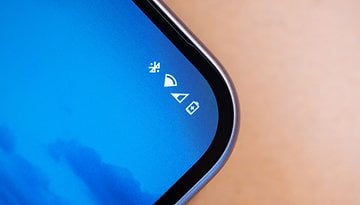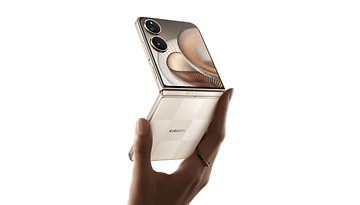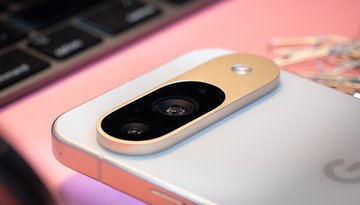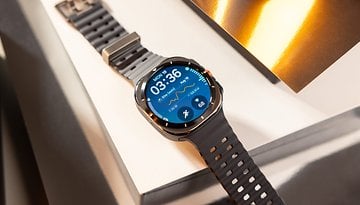Android's Next Look is Here: Google's Boldest and Fastest UI Yet?


Google's Material Design has been one of the most significant visual changes it introduced across Android and its other product platforms. Since its inception, the core design system has seen relatively few major alterations. However, Google appears poised to unveil a substantial upgrade to the Android design language with the upcoming Material 3 Expressive, which the company seemingly leaked accidentally ahead of I/O 2025.
In a blog post that was subsequently deleted, Google detailed the development of the new Material 3 Expressive design, or M3 Expressive, describing it as its "most-researched" design philosophy update to the Android system to date. The post also explained the rationale behind adopting this new experience for Android and how it aims to improve usability and accessibility compared to the current Material Design.
More Shapes, More Colors in Android's M3 Expressive Design
Images reportedly saved by 9to5Google, showcasing the leaked blog post, reveal more colorful and playful touches to the UI, characterized as "expressive." This extends beyond just colors and shapes to encompass other fundamental elements like motion and visual containment.
Expressive design makes you feel something. It inspires emotion, communicates function, and helps users achieve their goals. Think of it as design with a soul...The fundamental parts of expressive design are the use of color, shape, size, motion, and containment. These design aspects are also fundamental to what makes a product more usable by drawing attention to what matters in the interface: Making key actions stand out, and grouping like elements together.
Notably, the Material 3 Expressive design employs a more extensive use of vibrant elements throughout the system. For example, the expressive design in the Gmail app utilizes more colorful shapes in buttons and shortcuts, while the Clock app features varying fonts in different sections. Other apps, such as Google Wallet and the Photos editor, were also showcased with the applied expressive design.
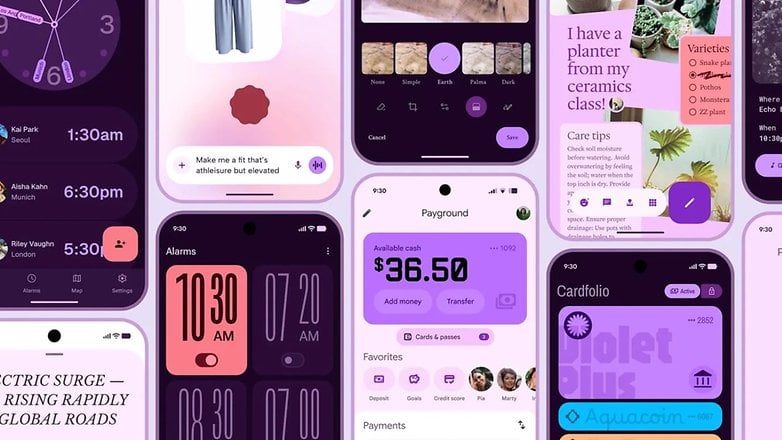
M3 Expressive Design Improves Usability
Beyond the noticeable visual changes, Google states that the expressive design aims to improve productivity by emphasizing user actions and navigation. This is achieved by highlighting buttons with contrasting hues and adjusting their size and shape to be more distinct.
According to Google's internal studies during the development of M3 Expressive, users were "4x faster" at spotting UI elements with the new design. Furthermore, older users were able to adopt and perform usability tasks on par with younger users when interacting with the expressive UI.

Overall, the goal of M3 Expressive is to make each app and system feature feel unique through the strategic use of these expressive elements. The search giant also reports that the UI concept changed user perception of the design, resulting in a "32% increase in subculture perception" and a "34% boost in modernity" compared to non-expressive UIs.
Google is set to officially announce and preview M3 Expressive at the I/O 2025 developer conference, taking place in Mountain View from May 21st to 22nd. The new M3 Expressive design could be implemented through subsequent Android updates rather than being tied directly to the Android 16 release.
What are your thoughts on the M3 Expressive design? Do you think this will significantly improve the Android user experience? We'd like to hear your opinions in the comments.
Via: 9to5Google
